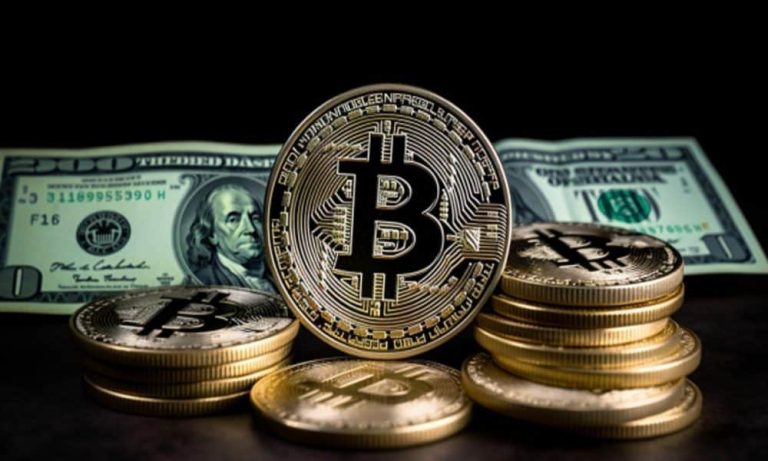- U.S. Dollar Index plunged as hopes around end of Fed’s interest rate hikes peaked.
- The weakening inverse correlation meant that issues pertinent to U.S. dollar movement would have little significance for BTC.
Historically, world’s most valuable digital asset Bitcoin[BTC] has been found to be negatively tied to the U.S. Dollar (USD). This essentially means that if the price of one asset rallies, the other one falls and vice versa.
However, this relationship has mostly dissipated in 2023. According to crypto market data provider Kaiko, the inverse correlation between BTC and the USD fell from -61% to -10 on a year-to-date (YTD) basis, which was almost negligible.

Source: Kaiko
Is your portfolio green? Check out the Bitcoin Profit Calculator
Negative correlation peaked in 2022
Established by the U.S. Federal Reserve, the U.S. Dollar Index (DXY) is a relative measure of the USD’s strength against a basket of six foreign currencies. Investors look to the dollar index as a reliable tool for assessing U.S. economic growth and dollar demand.
Interest rate hikes by the Fed applies significant upward pressure to DXY, as the policy results in increased demand for dollars from foreign investors.
Throughput 2022, the dollar index outperformed other currencies, surging to a two-decade high of 114.18 in September, as the U.S. central bank resorted to large increases to bring down inflation. DXY strengthened more than 8% in 2023, as per TradingView.

Source: Trading View/ BTC vs DXY
In contrast to the above trajectory, the broader crypto market was battling the punitive bear phase around the same time. Bitcoin crashed to lows of $16,000, losing nearly 65% of its value in 2o22.
A spate of implosions dented user confidence in the crypto market and BTC in particular, leading to a capital flight to safe havens like the USD. The negative correlation between the two assets, as a result, strengthened.
Reversal in 2023
The fortunes of the cryptocurrency market altered dramatically in 2023 as a result of a strong rebound. BTC’s price shot up by 87% YTD and consolidated around yearly peaks at the time of publication.
On the other hand, the dollar index, after moving sideways for much of the year, plummeted to a 15-month low last week. This came on the heels of encouraging U.S. inflation data last week, raising optimism that the cycle of Fed’s aggressive supply hikes would eventually come to a halt.
Although on a YTD basis, the negative correlation has lost steam, there have been incidents highlighting ups and downs in this relationship.
Consider the U.S. banking crisis in March, exacerbated by the collapse of some of the biggest lenders like Silicon Valley Bank and Signature Bank. During this period, BTC jumped by nearly 40%. Kaiko had stated that the negative correlation faded away in this market rally.
This temporary respite was quickly erased in the very next month when weak U.S. job data impacted the dollar, leading to the reemergence of the negative relationship, albeit at a very low level.
The weakening inverse correlation meant that issues pertinent to U.S. dollar movement would have little significance for BTC. The steady decoupling from macroeconomic triggers such as U.S. economic statistics, job data, or interest rate hikes, may let Bitcoin be marketed as an independent asset class.
Bitcoin vs gold story
Bitcoin has often been referred to as the “Digital Gold” owing to its widely held narrative as a safe haven asset, much like the characteristics of the real-world counterpart. However, the performance of the two assets in 2023 revealed an intriguing picture.
While BTC, as mentioned earlier, saw an impressive 87% growth, Gold [XAU] could only manage gains of around 8% YTD.
Read Bitcoin’s [BTC] Price Prediction 2023-24

Source: Glassnode
To put things into perspective, Bitcoin’s growing value vis à vis Gold meant that the market could start to prefer the king coin over the precious metal as a hedge against inflation.
However, given BTC’s reputation as a volatile asset, investors should take this development with a grain of salt. With the broader crypto market suffering from the hostilities of U.S. regulatory environment, the gains made by BTC in 2023 could be reversed quickly.



